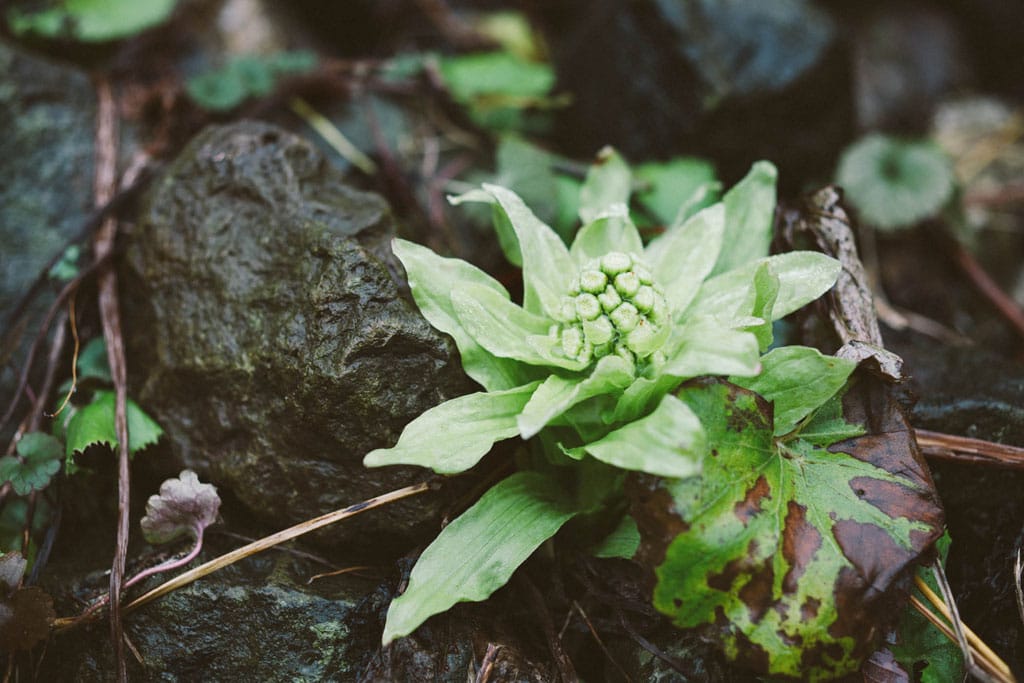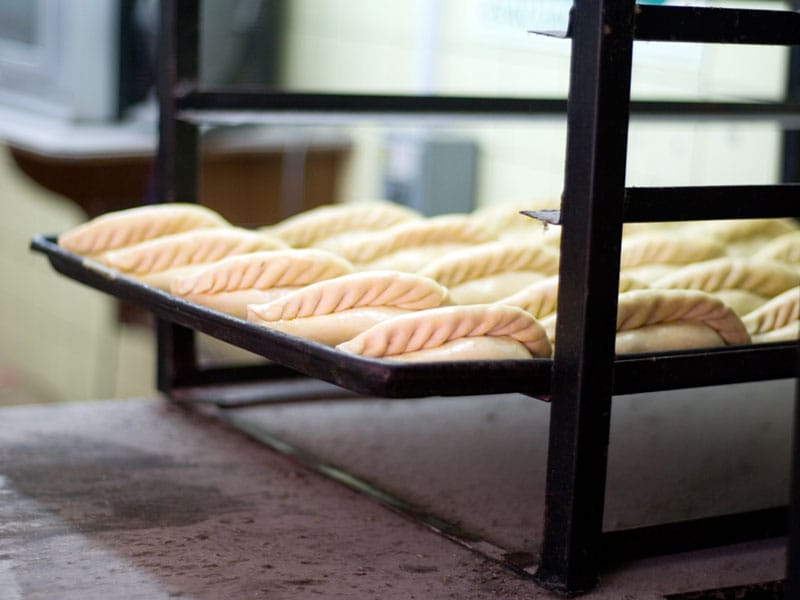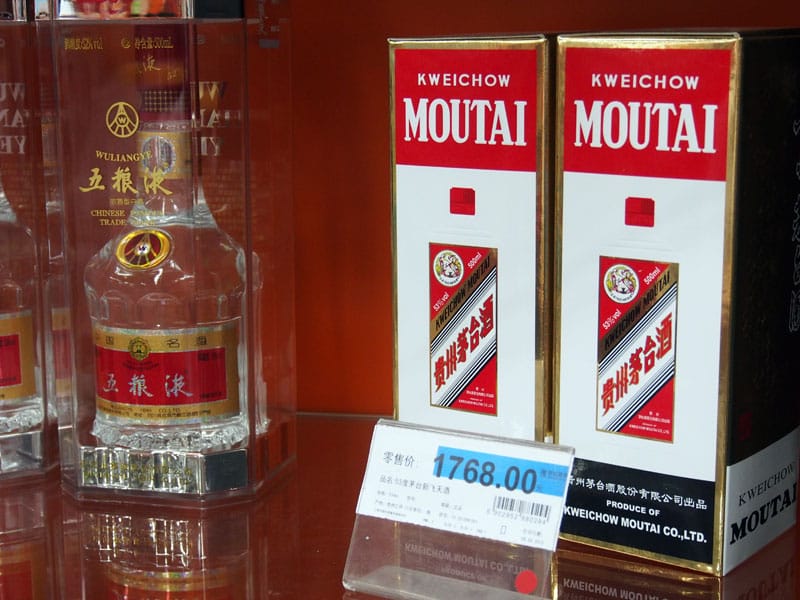The Borgo Vecchio neighborhood in Palermo is sandwiched between the affluent Politeama-Via Libertà district and the historic fishing community of Castellammare, also known as la Loggia. On one side you have the Via Libertà, an arterial road peppered with theaters and gardens that the legendary composer Richard Wagner once described as the Champs-Élysées of Sicily. On the other, you have the scent of the foamy sea.
In 1556, the neighborhood stretched from the San Giorgio gate to the Santa Lucia church. As a result, it adopted the name of this physical boundary and became known as Borgo di Santa Lucia. Lured by the promise of development of a nearby port, the street quickly attracted artisans and merchants from other regions and the district grew in stature. The glory faded fairly quickly after a new harbor was built further south: thus, the moniker Borgo Vecchio (“old district”) was born.
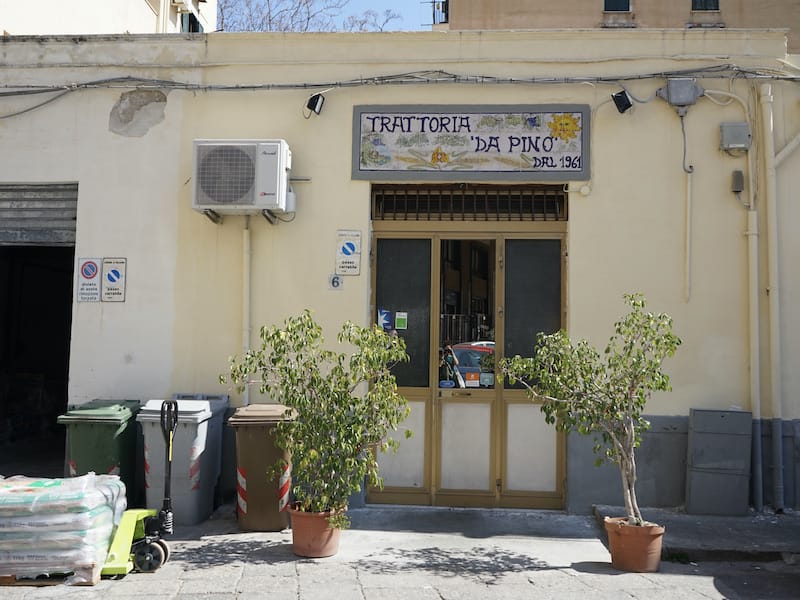
Although the district may have lost its prestige, it still hosts a number of thriving cultural landmarks and culinary institutions, among them Trattoria da Pino. Established in the 1960s, the trattoria has weathered many changes to the city. It’s no wonder, then, that the decor of the restaurant resembles a kind of cabinet of curiosities; a number of items are on display here, each telling a story about the history and culture of the area, as well as the Pipitone family, who have held the property for three generations.
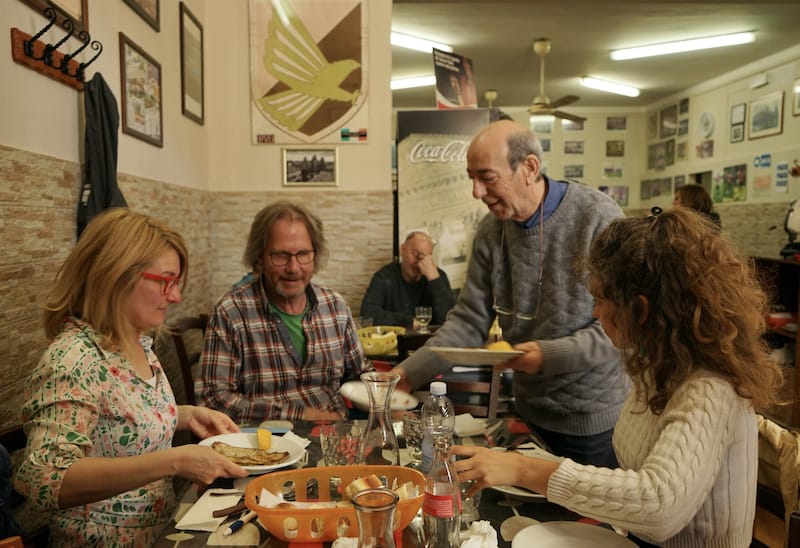
There is a calendar in honor of Sant’Anna to make sure no day passes without the veneration of the neighborhood’s patron saint; various pink-and-black items are scattered around to reiterate support for the Palermo Football Club; on the walls are historic photos of the city and some Christmas decorations, because, well, every day is a feast here.
While we wait for a table, we notice that human exchange is at the forefront of the experience at Da Pino. Inside are several large tables where you may be seated across from a stranger. But they won’t be a stranger for long. Speaking with the customers seated together, we realize many have just met, making most of the opportunity to make friends over a meal. Giovanni and Giuseppe – the son and grandson of the original owner, respectively, an uncle-and-nephew team – run the place these days. They encourage such interactions by striking up conversations and bringing customers into the fold of their discussions. It has always been like this here, and these are traditions that deserve to be preserved. Giuseppe is the third generation of the Giordanno family managing the restaurant, running it just as it has been run for years. The Trattoria turns into a lively place at lunchtime, and makes a point of serving all the essential hits of Sicilian popular cuisine. You don’t come here for fancy plating or creative cuisine, but rather for the familiar feeling and comfort Da Pino provides. As both the restaurant and the neighborhood are not yet crammed with tourists, it is a great place to experience a small slice of everyday Palermitan life.
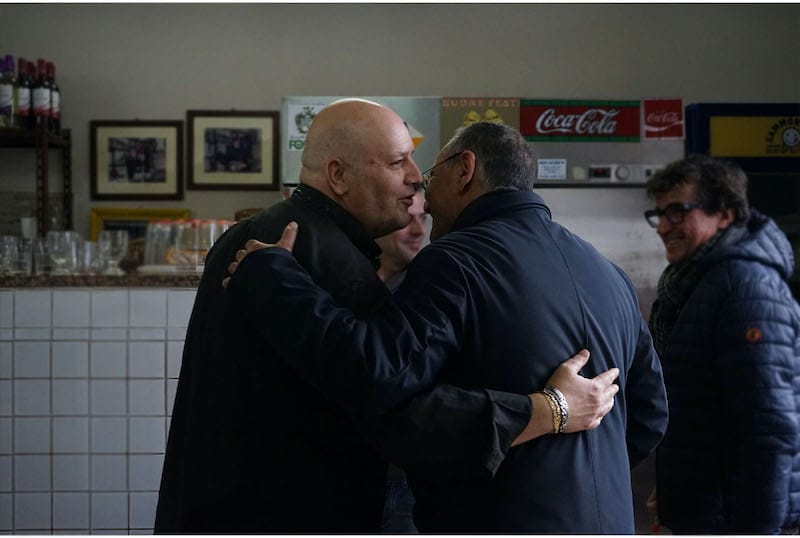
There is a printed menu here, but since the list of dishes varies every day, the “real” menu is delivered verbally. The offer includes local and regional seasonal recipes – and, of course, pasta is always in season. To make sure we won’t miss out on a flagship recipe, we solicit tips from the people at our table. Their advice is unmistakable and univocal: for antipasti (appetizer), the involtini di pesce spada, a Sicilian recipe of swordfish rolls, followed by a staple of Palermitan cuisine: pasta alla glassa, a pasta dish made with the pan drippings of a pot used to make a meat stew. We go for their recommendations, even if the list is long and other famous Sicilian dishes catch our attention, among them, pasta con le Sarde (pasta with sardines) or spaghetti alla Siciliana (spaghetti with tomatoes, breadcrumbs and capers) – we’ll have to come back soon for those!
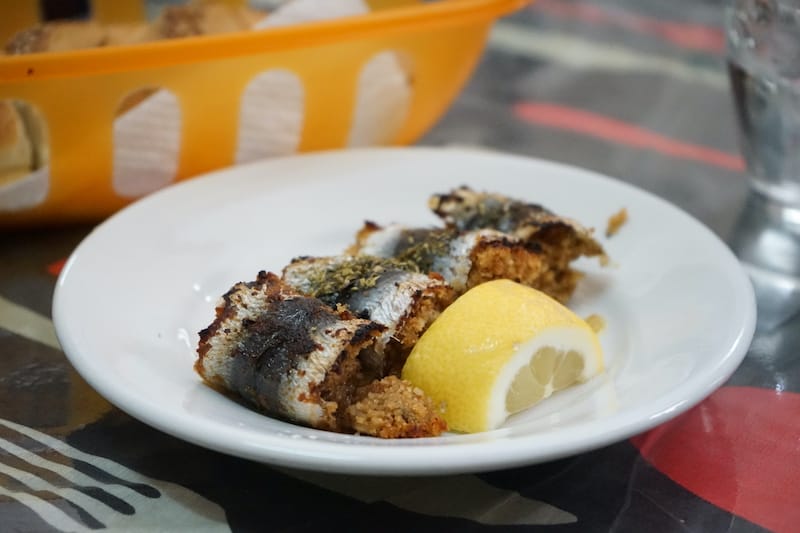
While we wait, we order some house wine and have the opportunity to interact with other locals who work nearby. Local violinists Davide, Gianni and Mario have been coming here frequently for more than 20 years. As we spoke, the table next to us – a group of international digital nomads – became curious and asked to join the conversation. We welcomed them and they were soon being given recommendations for what to order, delighted to encounter Palermitan hospitality. They went for a mix of secondi piatti – main course dishes that generally comes after the pasta. Nene, from Austria, loved Da Pino’s cotoletta alla Palermitana – a Palermo-style schnitzel, surprisingly light compared to the Milanese version, which is cooked on the grill. As there was still some room left at the table, Antonino and Ignazio, two workers who both live in nearby neighborhoods, also joined our conversation and we got to have an entertaining and joyful lunch.
According to Davide, Gianni and Mario, very little has changed here in the past two decades: same dishes, recipes and great service. As the dishes arrive, Gianni says, laughing: “Well that’s not fully true, it used to be a taverna – a bar where traditionally one would drink wine while eating a boiled egg. So there have been some upgrades.”
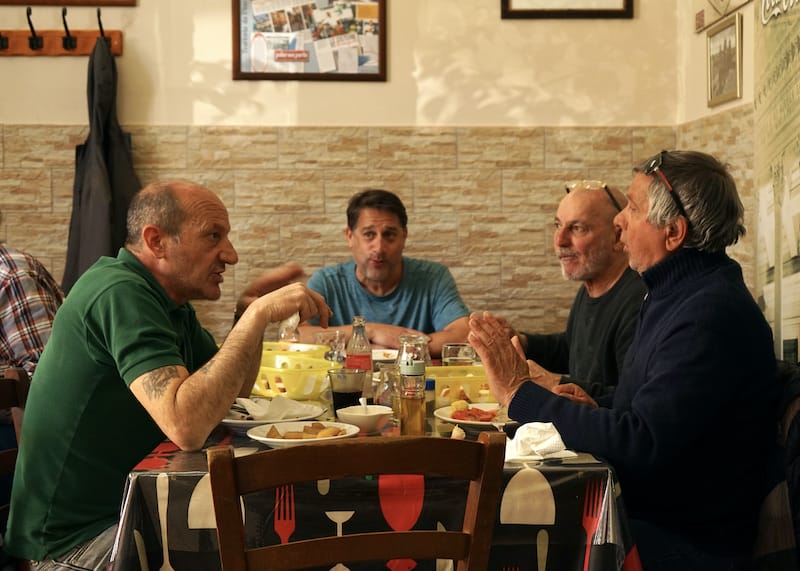
Mario adds, joking: “Well, the upgrade is not only in the content but also in the name. At the time of Giuseppe’s grandfather, the place was called Piscia e Trema (‘The piss and the shiver’).”
“How about we drop that story for now?” requests Giuseppe. Apparently, he is tired of listening to the frequently regurgitated story about this historic name. We’ll respect his wishes and leave it to your imagination to fill in the blanks.
Like the Borgo Vecchio neighborhood itself, it appears that the trattoria, too, has several names, histories, secrets and mysteries. Its presence reminds us that though names may change with the passage of time, the emotions, memories, conversations they inspire, are here to stay.
Segolene BulotSegolene Bulot
Published on May 24, 2023
Related stories
April 10, 2018
TokyoOne of the great joys of spring in Japan is anticipating the appearance of sansai, or mountain vegetables. When cherry blossoms begin to flutter on warming breezes, hikers take to the hills to forage for the first wild edibles. Supermarkets mount special displays of packaged (and unfortunately often hot-house-raised) young sprouted leaves, shoots and tubers.…
March 7, 2013
Mexico City | By Ben Herrera
Mexico CityUpdate: This spot is sadly no longer open. For weeks we had been passing by a small venue that filled the sidewalk with the heavenly scent of butter and pastry dough, before we finally had the chance to stop in and investigate. The source of the intoxicating aroma turned out to be Pastes Real de…
May 10, 2013
ShanghaiDrinking báijiǔ (白酒) always brings us back to our first illicit taste of hard alcohol – a shock to the system, going down fiery and leaving a shudder-inducing aftertaste on the tongue. And just as many first-time drinkers are left wondering where exactly the attraction lies, the same thing is true for baijiu – at…

















































